In Brazil
During the sugar cane cycle in Brazil, from the 16th to the 18th centuries, the Portuguese empire traded their products in the colony, including the "bagaceira" (or hooch), a distilled from grape bagasse.
In the plants where sugar was produced, the sugar juice was also refined in a mild fire boiler. As early as in the 16th century, some sugar plants started to distill sugar juice with the help of an alembic, just like it was done with grape bagasse.
Its first name was cane aguardente (something like ardent water). It was drunk basically by slaves during the first meal of the day so that they could face the backbreaking work in the plantations. Besides, they were the first ones to use it against the evils of the body and the spirit.
The cachaça production techniques have greatly improved through time, as well as its quality. The replacement of bagaceira by cane aguardente was so wide that the Portuguese Crown tried to prohibit its sale in 1635, but the cachaça had already become the colony's favorite drink by then.
The 1922 Modern Art Week and the resuming of the Brazilian roots declared the cachaça as a genuinely Brazilian drink. Today, this Brazil-flavored spirit has conquered lovers worldwide.
As part of this history, the São Francisco Farm is honored and pleasured to produce handcrafted cachaças approved by the most important experts and lovers of the true Brazilian spirit.
Distillery São Francisco
São Francisco Farm is located in the Guarapiranga district, city of Ribeirão Bonito, in the São Paulo state countryside.
The São Paulo plateau is worldwide known as a main sugar cane producer. The ideal weather with two distinct seasons and fertile soil allows the growing of the best sugar cane varieties, those with a high sugar level, good resprout capability, and resistance to plagues and diseases.
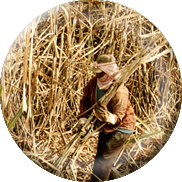
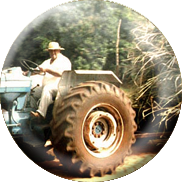
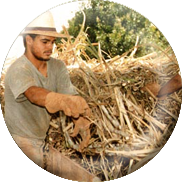

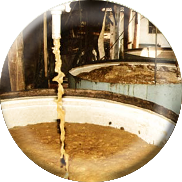
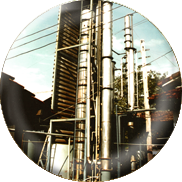
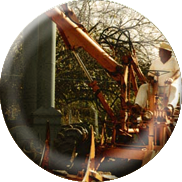
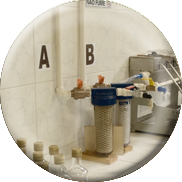
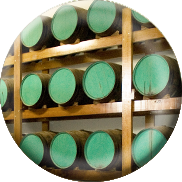

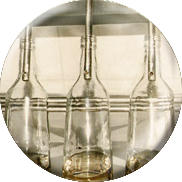
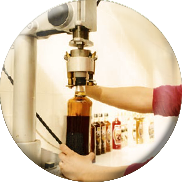
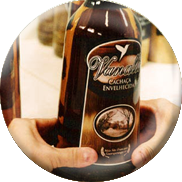
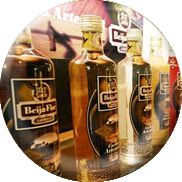
Selected sugar cane.